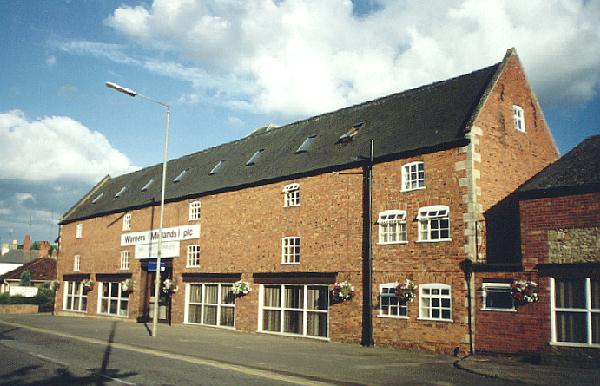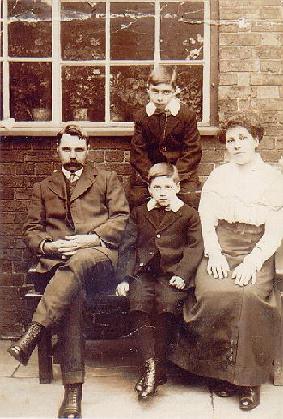|
The Old Maltings
One of the most imposing of the town's historic buildings is the Old Maltings in West Street, particularly so because the
handsome building of mellow red brick and blue slate roof which dates back to the late 18th century
has been sympathetically restored for modern business use.
But trade declined and the maltings closed down in 1967 when the building was bought by Boston Tractors Ltd, a firm of agricultural machinery specialists founded in 1947, who restored it to the condition we see today under the personal supervision of their managing director Mr J C Allen. He took great pains to keep the original appearance of the building by reinforcing the brickwork and timbers and so the work was more in the nature of a restoration than a refurbishment. A heavily pillared pine doorway was let into the brickwork in the front of the property giving access to a showroom covering 1,800 sq ft made from the original malthouse beams and original wood was also used for the interior panelling and the oak reception desk. This theme continued throughout the building, including the new workshops at the rear where the firm serviced customers' machinery. To make the building additionally attractive, the work included the construction of a pavement garden at the junction of West Street and Manor Lane.
"The restoration has been of the highest order and carried out entirely by small local firms", said Mr Allen when the building was re-opened in the autumn of 1968 and the firm's activities were transferred from their previous premises in Meadowgate. The company also had branches at Holbeach and Kirton, near Boston, but the West Street premises became their central depot from then on, with showrooms, workshops and equipment stores for tractors and garden machinery.
But the company closed soon afterwards and the building was bought by an American firm but they eventually abandoned their plans for re-development and pulled out, leaving it empty and semi-derelict for the next five years until bought by Warners Midlands plc in 1976 and it is now the headquarters of their expanding colour printing business.
See also Warners Midlands plc William Redshaw William Bradley
Go to: Main Index Villages Index
|

